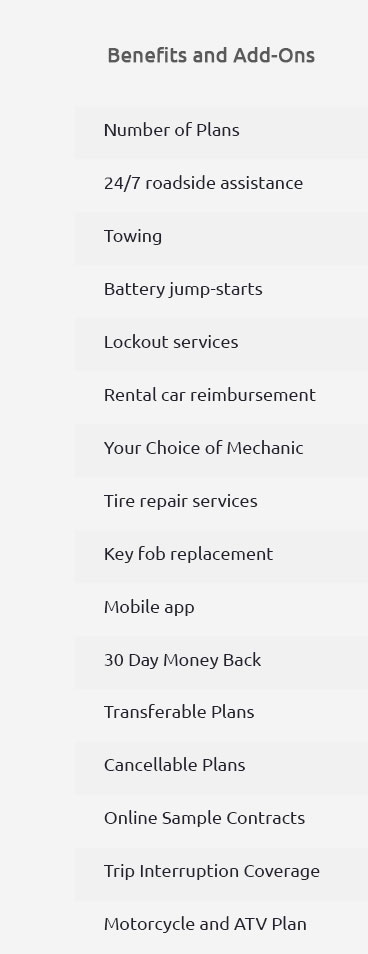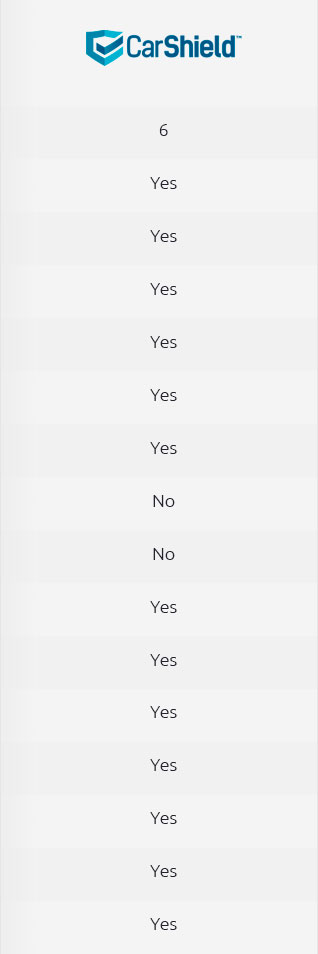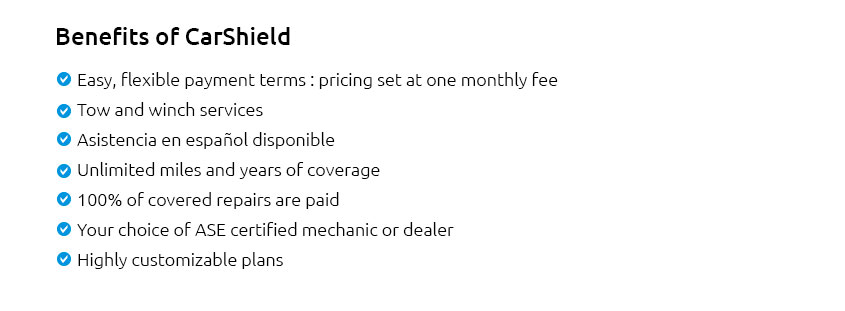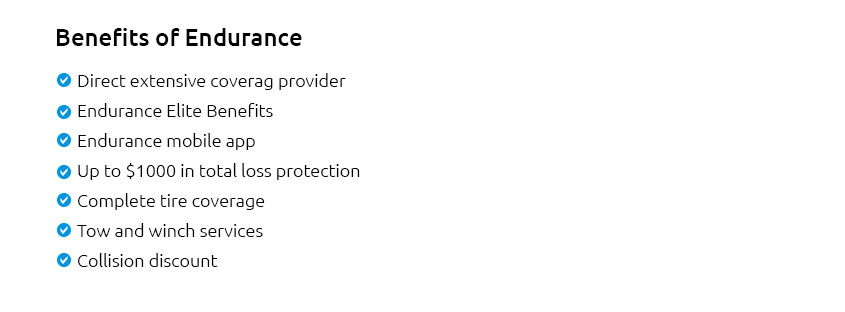 |
 |
 |
 |
 |
|||
 |
|||
 |
 |
 |
|
 |
|||
 |
|
 |
|
 |
|
 |
|
 |
|
 |
|
 |
|
 |
|

Gap Coverage Car: A Comprehensive Coverage GuideFor many U.S. consumers, navigating the complexities of car insurance and vehicle protection can feel overwhelming. One term you'll likely encounter is gap coverage, a type of insurance that offers peace of mind by covering the difference between what you owe on your car and its actual cash value in the event of a total loss. Let's explore how this works and why it might be a smart choice for your financial safety net. Understanding Gap CoverageGap coverage, often referred to as Guaranteed Asset Protection, is crucial for those who owe more on their car than it's worth. This scenario is common with new car loans or leases, where vehicles depreciate faster than the loan balance decreases. Imagine you're cruising down the highway in California and an accident totals your vehicle. Gap coverage ensures you’re not left paying out of pocket for the remaining loan balance. Benefits of Gap Coverage
Considering an extended warranty? Check out the first extended auto warranty for additional vehicle protection options. Who Needs Gap Coverage?While not everyone requires gap coverage, it’s particularly beneficial for:
What's Covered Under Gap Insurance?Gap insurance primarily covers the difference between your car's current market value and the amount you still owe. However, it does not cover:
FAQs About Gap CoverageWhat is gap insurance?Gap insurance covers the difference between your vehicle's depreciated value and the remaining amount owed on your loan or lease in the event of a total loss. Is gap coverage necessary for leased cars?Yes, gap coverage is often essential for leased cars because it protects you from the financial responsibility of paying the full lease value if the car is totaled or stolen. How do I know if I need gap insurance?Consider gap insurance if your vehicle is leased, financed with a low down payment, or depreciates quickly. It’s best to assess the gap between your loan balance and the car's current value. Gap coverage offers significant financial protection and peace of mind, ensuring you’re not left in debt over a car you can no longer drive. Whether you're driving through the bustling streets of New York or the open roads of Texas, understanding your coverage options can help you make an informed decision that safeguards your financial future. https://smartasset.com/insurance/what-is-gap-insurance
Gap insurance protects you from not having enough money to pay off your car loan or lease if its value has depreciated, and you owe more on your car than it is ... https://www.investopedia.com/terms/g/gapinsurance.asp
Key Takeaways - Gap insurance covers the difference between your vehicle's value and the amount you owe on your car loan or lease. - Gap insurance makes sense if ... https://www.youtube.com/watch?v=6ex3wKmTBws
Gap insurance is an optional car insurance coverage that helps pay off an "under water" auto loan on a totaled vehicle.
|